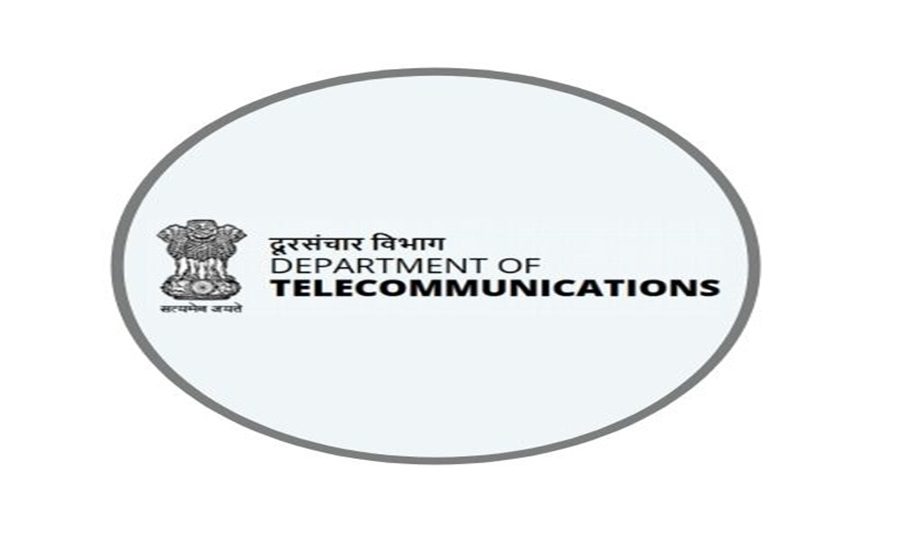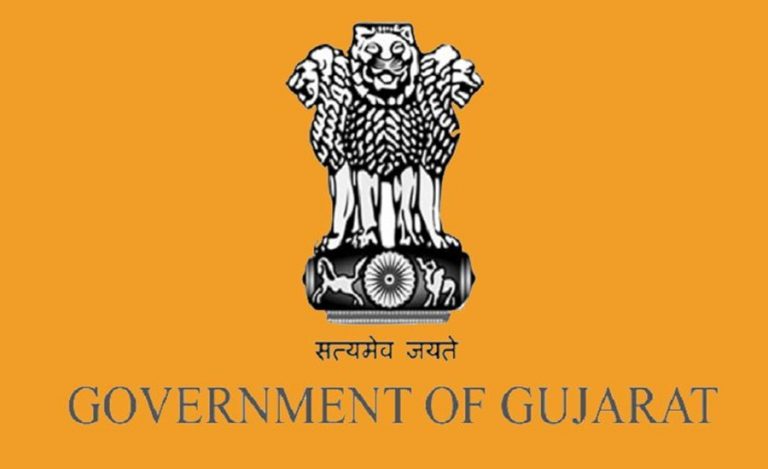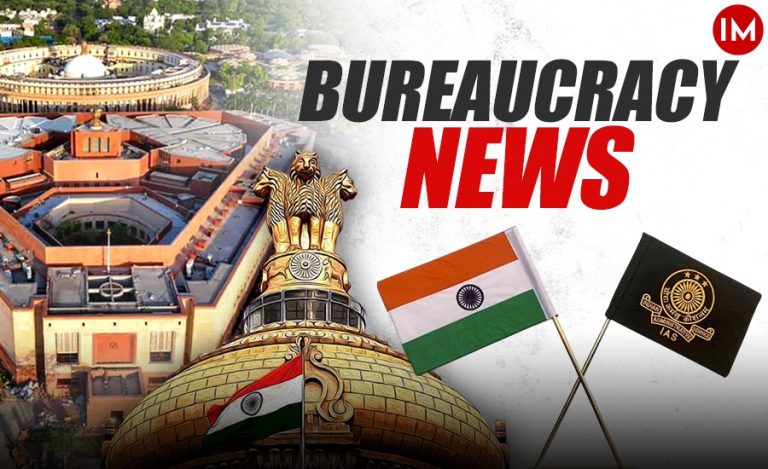New Delhi: In a significant move for India’s telecom sector, the organised civil service Indian Telecommunications Service (ITS), will commemorate its 60th anniversary on November 14, 2025. The celebration is scheduled at Vigyan Bhawan, New Delhi, with C. P. Radhakrishnan, the Vice-President of India, slated to be the Chief Guest.
This milestone underscores the evolution of India’s telecom governance and infrastructure from the mid-1960s to the digital era.
Background of Indian Telecommunications Service Diamond Jubilee
Established in 1965, the Indian Telecommunications Service was created to address the techno-managerial needs of the Government of India’s telecom operations.
Read Also: India’s Next Telecom Leap: TEC-IIT Bombay MoU to Drive 6G, Satellite & Open-RAN Innovations in India
Over six decades, ITS officers have played a pivotal role in planning, regulation, and execution across telecommunications networks and services throughout India, helping transform the sector from legacy landline systems to modern broadband, mobile and digital communications.
Importance of the Indian Telecommunications Service Diamond Jubilee
- Recognition of heritage: Marking 60 years of ITS is a celebration of India’s sustained commitment to telecommunications excellence.
- Highlighting service contributions: ITS has been a backbone for infrastructure, policy, standards and governance in India’s telecom universe.
- Signal for future direction: As the event aligns with India’s digital ambitions (5G/6G, broadband penetration, rural connectivity), the jubilee becomes a platform to underline future-ready initiatives.
- Boost to the telecom ecosystem: For professionals, industry stakeholders, regulators and policymakers, this milestone reinforces the role of skilled civil services in shaping India’s telecom narrative.
Key Challenges Ahead
- Despite major achievements, the telecom sector and the service supporting it face pressing challenges:
- Rapid technological change (5G/6G, IoT, satellite internet) demands upgradation of skills, infrastructure and regulatory frameworks.
- Ensuring rural and remote connectivity remains a gap: bridging digital divides means more resources and institutional impetus.
- Cybersecurity, data protection and convergence of telecommunications with digital ecosystems add complexity to governance.
- Talent management within organised services like ITS: keeping pace with private sector agility, new skill sets and attractive careers.
Key Implications of Indian Telecommunications Service Diamond Jubilee
The celebration is not simply ceremonial—its implications ripple across multiple fronts:
- Policy impetus: A high-profile event such as this may catalyse announcements on reforms, investments, or new schemes in telecom governance.
- Institutional morale: For ITS officers and staff, six decades of service will provide a morale boost and public recognition.
- Industry alignment: The broader telecom industry may see this as a signal for renewed government-industry collaboration.
- Public awareness: Highlighting the role of this service strengthens public understanding of how telecom services are managed and maintained.
Way Forward
To build on this milestone, clear next steps should include:
- Skill & capacity building for ITS officers: training in emerging domains such as AI/ML in telecom, satellite networks, open-RAN, IoT.
- Enhanced rural connectivity drive: leveraging ITS leadership to ensure national targets for universal broadband are met.
- Strengthening regulatory-infrastructure synergy: In an era of convergence, aligning policy-implementation faster.
- Public-private collaboration: Using the celebration to foster partnerships that harness private innovation with public oversight.
- Future vision articulation: The event should serve as a launchpad for ITS’s roadmap for the next decade—where telecom meets digital services, sustainability and inclusion.
Read Also: CM Bhupendra Patel Launches New Digital Census Gujarat Website to Boost Citizen-Friendly Governance



























